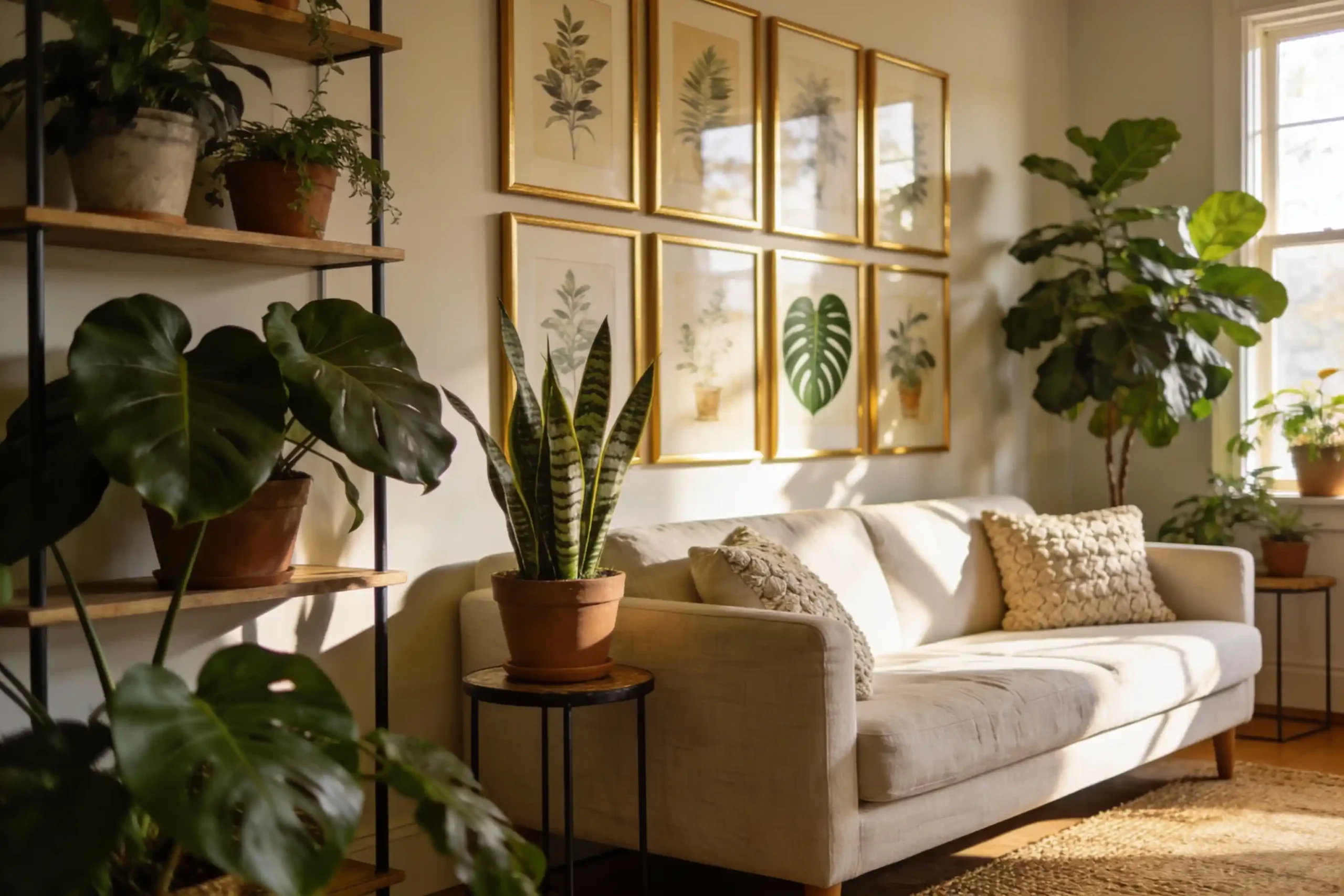When discussing heliotropes, I instantly recall their sweet vanilla-like fragrance. They have rich, purple blooms that turn my balcony into a little paradise.
In this post, I’ll share exactly how to plant and grow heliotropes, along with many useful tips, so that you can enjoy them too!
Interesting Facts of Heliotropes

Heliotropes have tiny clustered flowers that remind me a little of forget-me-nots. They bloom in beautiful purple, violet, and even white hues.
Many people love heliotropes for their pleasant scent. You know, a lovely mix of cherry, vanilla, and almonds. That's why people also call them “cherry pie plants.”
However, be careful if you have curious children or animals around. Heliotropes are toxic to both humans and pets.
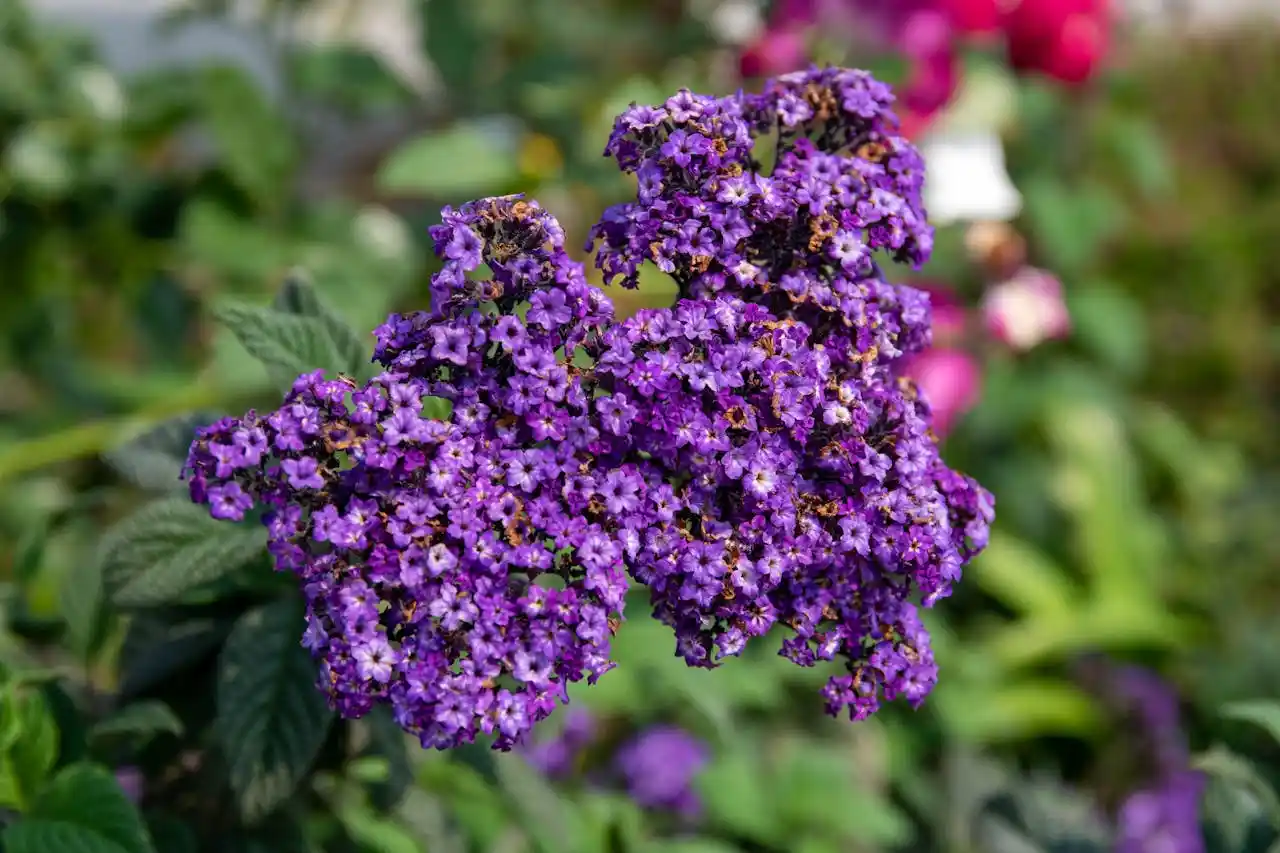
Heliotropes will grow well if you give them what they like. This is how I grow mine:
- I start to grow heliotropes early in the season. That way, they will have enough time to get steady and give blooms before the autumn frost comes.
- Pick a sunny spot. Heliotropes love full sun. But if it is extremely hot in summer, I will give them some light shade after midday.
Plant heliotropes in rich and well-draining soil. But if you have heavy soil, you can mix in sand to improve the drainage. The ideal soil pH to grow heliotropes is between 6.6 and 7.3.
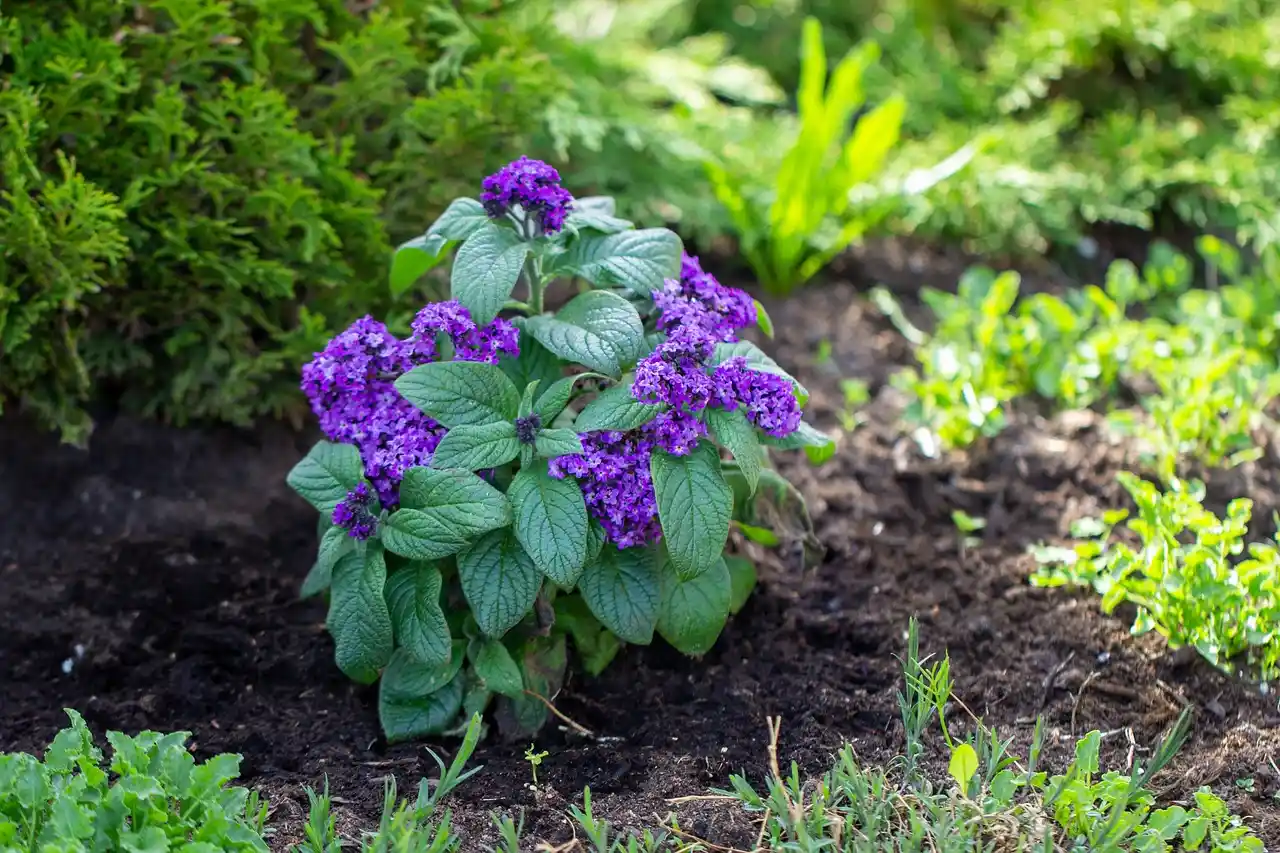
- Heliotropes love evenly moist soil, but not soggy. I usually check the soil and don't let it dry out, especially on hot days.
- To plant heliotropes indoors, I often pick a pot with an 18-inch diameter top and good drainage holes.
- Heliotropes are hungry plants. I feed them with a flower-friendly fertilizer every few weeks during the growing season.
My tip is to feed heliotropes in the early morning or late afternoon. This will prevent plants from stressing from the midday heat.
Pruning & Caring For Heliotropes
Heliotropes require low maintenance, but this doesn't mean that you do nothing. Let me tell you how I handle mine:
Pruning
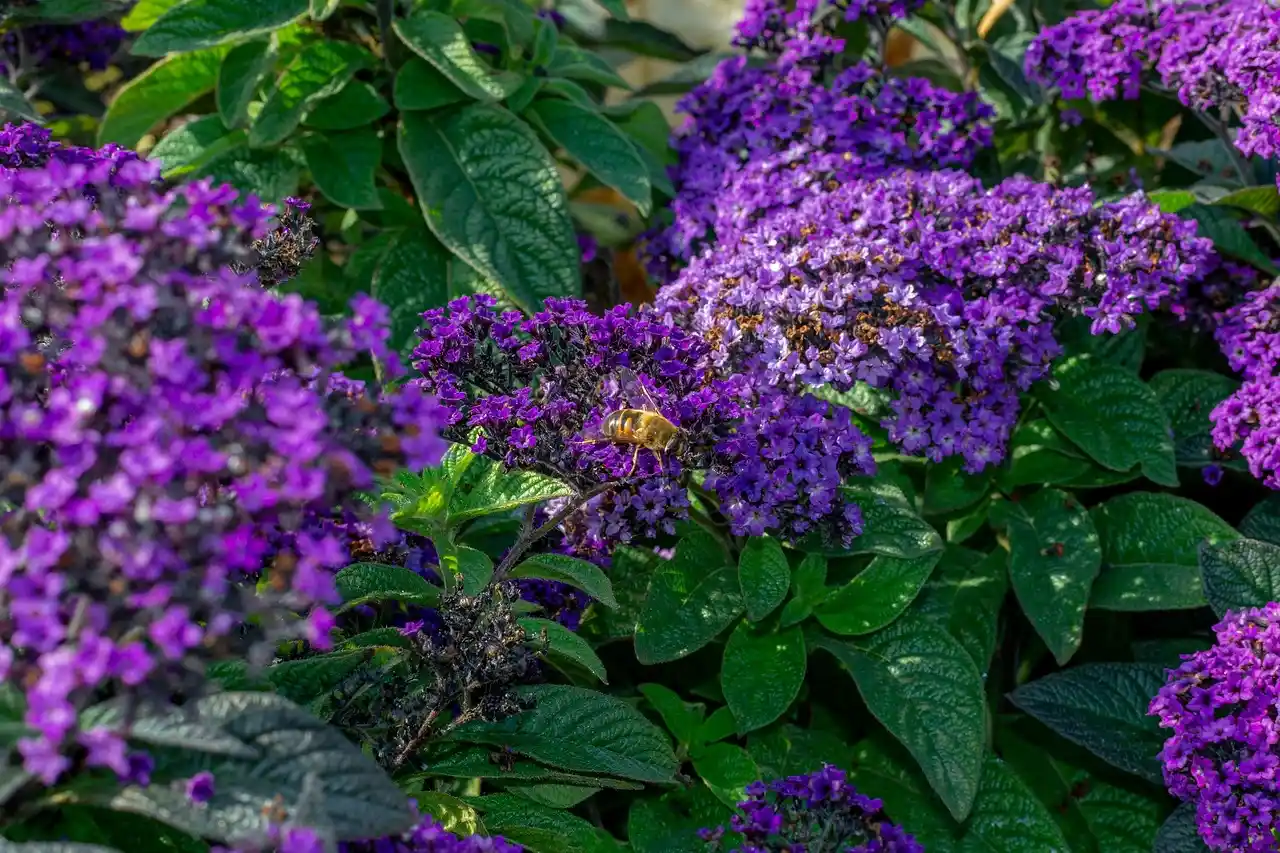
Once the seedlings have their first burst of growth in spring, I like to pinch a few inches off from the growing tips. This little trick helps the plant grow bushier rather than tall and leggy.
As the season goes on, I often prune away any stems that look too tall. I also snip off the entire stem after a flower cluster finishes blooming.
Yep – your plant may look ugly at first. But believe me, this keeps the plant neat, produces more flowers, and keeps it in nice, full shape.
| My Gardening Tip: When the heliotrope plant dies back at the end of the season, I cut it down to the ground and mulch the roots. If you're in a cooler location (like I am), it helps protect the plant. |
Caring for Heliotropes

Your heliotropes will eat a lot, especially during the growing season. To see how the plant reacts, I prefer to use a balanced 10-10-10 formula and dilute it a little bit.
So far as I know, too much nitrogen will make plants produce so many leaves but barely any flowers, and nobody wants that!
If you’re growing them as annuals, you can bring them indoors before the cold hits. I move mine to a sunny window where the light is good during the day and the temp stays between 50°F and 55°F at night.
| Useful Tip: If you’ve got potted heliotropes, you need to repot them every few years. I usually do this in the spring to freshen up the soil. This is also a perfect time to divide and create a few new plants. |
Ways to Propagate Heliotropes
It's time to find out how to create more heliotrope plants. Even if you’re a newbie to gardening tasks, you will do it. We will start with growing from seeds:
From Seeds
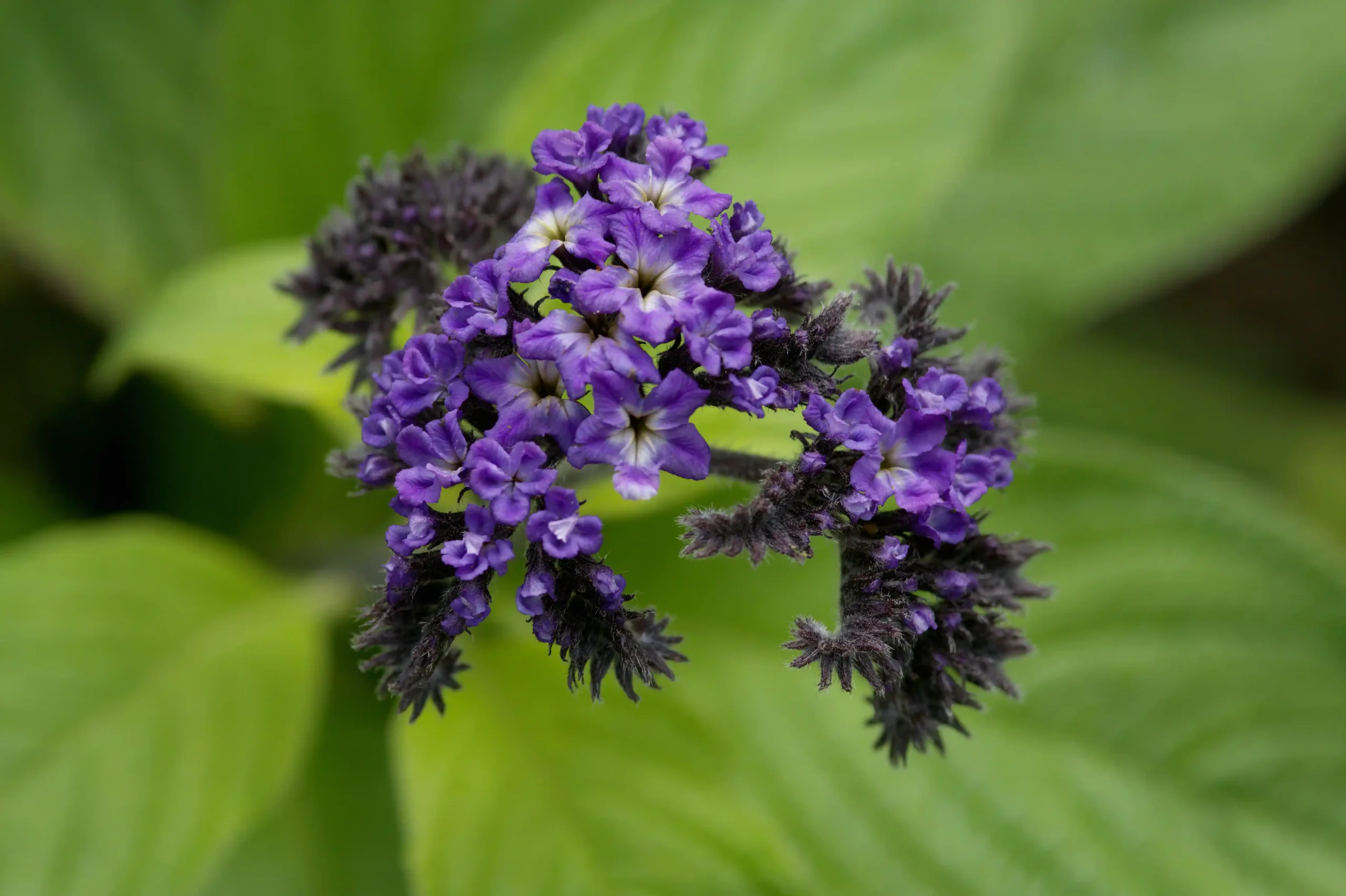
- I start planting my heliotrope seeds indoors about 10 to 12 weeks, just before the last frost in my area.
- I sow them about 1/8 inch deep in seed trays. Remember to treat them with light and good-quality potting mix.
Note: It takes around 28 to 40 days for germination. I use a heat mat to ensure the soil temp stays steady at 70-75°F.
- Keep the soil moist but never soggy. Heliotrope doesn't like wet feet.
- When those seedlings begin to sprout and get a little growth, I usually pinch off the top so that they can grow bushy later.
| Do You Know? Seeds don’t always produce plants exactly like the parent if it’s a hybrid. So, results can surprise you! |
From Cuttings
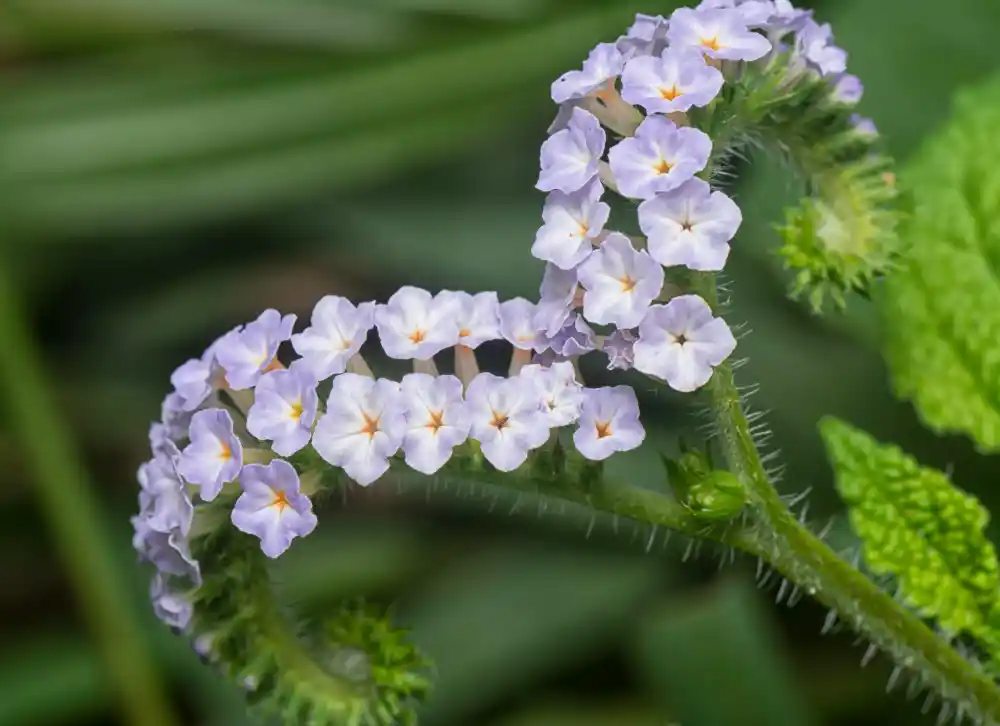
This is my favorite way to get new heliotrope. Why? Because you will have a plant you love very quickly.
- At the end of summer, I cut a 5-inch stem tip right below a leaf node.
- Then, I strip the leaves from the lower half and dip the cut end in rooting hormone. After that, I will plant it in a small pot. I love to use perlite and sand or a light potting mix for my cuttings.
- Make sure to place your plant in a bright spot indoors
- Give them enough water to keep the soil lightly moist (again, not soggy!)
You will see the roots forming in about 2 weeks. I will move my heliostropes outside in the garden when the frost has passed.
From Seedlings or Transplants
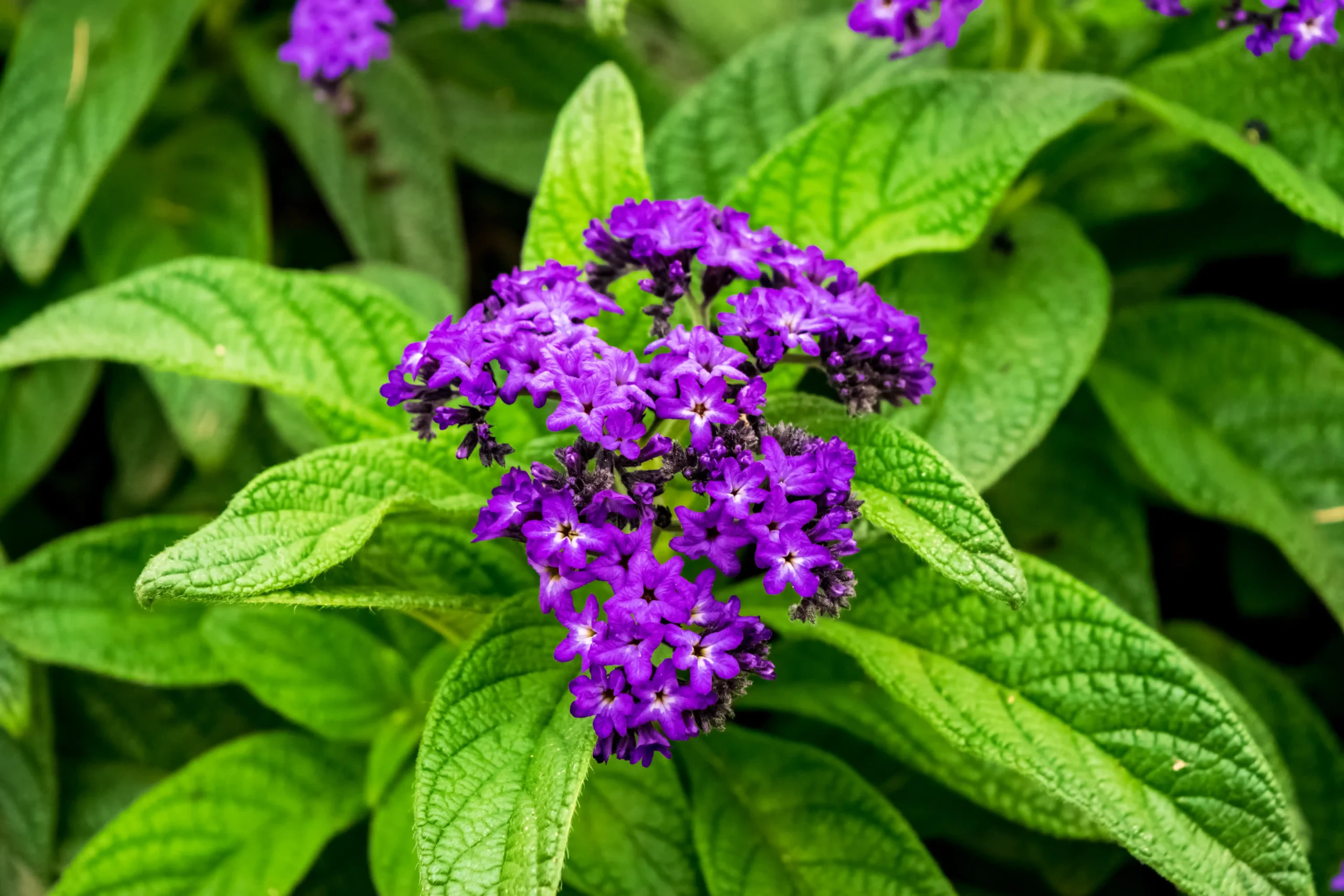
Yep, how about if you don't want to wait so long or just want to make it easier?
My advice is to buy heliotrope seedlings or small starts from the local garden nursery. Plus, they are super flexible. You can grow them outdoors, in pots, or as houseplants.
The most important thing to remember here is to wait until the frost is gone. I always grow my plants when the soil has warmed to over 60°F.
Then, you just need to dig a hole, place the root ball in it, cover with soil, and give it a good drink of water.
Sum Up
You'll never regret growing heliotropes. Those little scented blooms may need some attention, but it’s worth your effort. Follow my guide on how to plant and grow heliotropes and give them a go this season.


